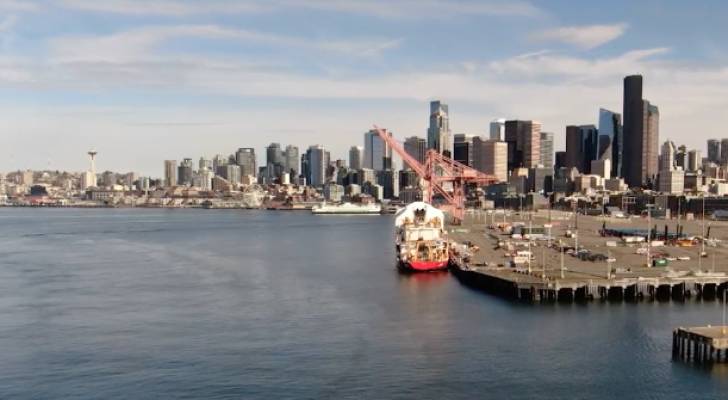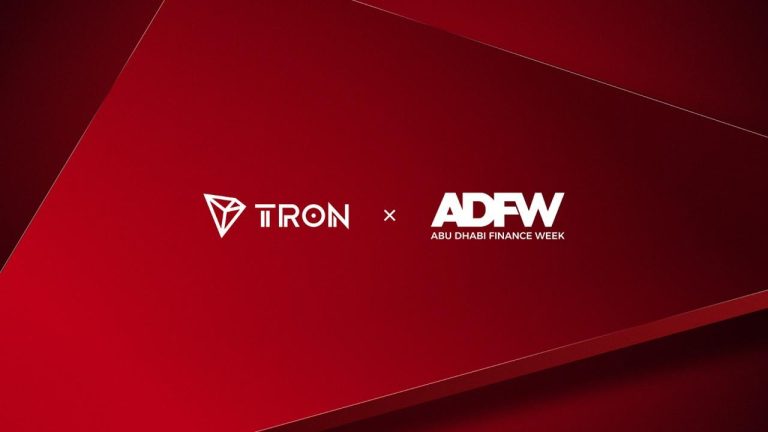
A recent social media post stated, in part, “not a single international cargo ship at the Port of Seattle. The port is effectively dead.”
While the post went viral, a local news outlet, KING 5 News, decided to investigate the claims. According to the station’s reporting, the information shared in the social media post wasn’t true.
Don’t miss
- I’m 49 years old and have nothing saved for retirement — what should I do? Don’t panic. Here are 5 of the easiest ways you can catch up (and fast)
- Gain potential quarterly income through this $1B private real estate fund — even if you’re not a millionaire. Here’s how to get started with as little as $10
- You’re probably already overpaying for this 1 ‘must-have’ expense — and thanks to Trump’s tariffs, your monthly bill could soar even higher. Here’s how 2 minutes can protect your wallet right now
Even as the Trump administration imposed up to 145% tariffs on most Chinese imports, which it has now temporarily walked back to about 30%, the port isn’t a “ghost town” yet.
Tariff impacts loom over the Port of Seattle
KING 5 News reported that, based on data from VesselFinder, which tracks vessel positions in real time, three container ships were docked in the Port of Seattle at the time of the post. The ships were registered in Portugal, Singapore and Hong Kong.
They also reported that traffic to the Port of Seattle was up 7.3% over the previous 30 days, according to the Northwest Seaport Alliance. In March, volumes were up by 18.4%, but that lift may be partly due to early cargo movement in anticipation of tariffs.
"The last forecast I saw was forecasting out over the next three months, and each month was forecasted to be down around 25% per month,” Ryan Calkins, Port of Seattle Commissioner, told KING 5 News.
Ship traffic isn’t the only thing that may trend downward.
“Unfortunately, we are beginning to see a reduction in the total number of containers coming off any particular vessel when they come in,” Calkins said.
The Seaport Alliance says that some ships are arriving with 30% less cargo.
Additionally, some U.S. export orders have been canceled, which may leave U.S. business owners struggling to store and sell their products.
“Unfortunately hearing stories right now of our agricultural exporters having to come back to the terminal and pick up containers full of agricultural exports to return back and store them as they wait for a customer because the sale that they had made to an overseas customer was canceled as a result of the tariff war,” Calkins told KING 5 News.
As the tariff situation evolves, it’s possible a resolution won’t be reached in time to avoid fallout.
“If we don’t get a resolution quickly, I think we’re all going to feel a lot of pain in the pocketbook,” Calkins said.
Read more: Want an extra $1,300,000 when you retire? Dave Ramsey says this 7-step plan ‘works every single time’ to kill debt, get rich in America — and that ‘anyone’ can do it
Impacts on personal finances ripple outward
The Port of Seattle represents a key player in a massive trade network. If shipment volumes continue to drop, it’s likely that people connected to the port will feel it financially.
With a drop off in imports and exports, some of the people who might immediately see an impact include dockworkers, truck drivers and warehouse staff.
As the impacts of tariffs play out across the economy, anyone closely connected to trade, like farmers and manufacturers, will also feel the pinch.
Unfortunately, a job loss could spell financial disaster for many, with around a quarter of Americans living paycheck to paycheck, according to a Bank of Amreica report. The domino effect can start with drained emergency savings and move to early withdrawals from retirement savings and sliding into debt to keep the lights on. Not to mention the long-term impact of pausing progress toward financial goals, like saving for retirement and paying off debt.
If you find yourself in a tight financial situation, budget for what you have and what are your immediate needs. Start by pulling back on discretionary purchases, like eating out and entertainment. From there, tap into any financial support available through your union or state, including unemployment benefits.
While income assistance can help you stabilize the situation temporarily, if the impacts continue, consider exploring job retraining programs and picking up a side hustle, like driving for a ride-hailing or food delivery service, to pull in some income while you look for a more permanent solution.
What to read next
- Millions of Americans now sit on a stunning $35 trillion in home equity — here’s 1 new way to invest in responsible US homeowners while targeting a 14%-17% IRR
- Robert Kiyosaki warns of a ‘Greater Depression’ coming to the US — with millions of Americans going poor. But he says these 2 ‘easy-money’ assets will bring in ‘great wealth’. How to get in now
- Here are 5 ‘must have’ items that Americans (almost) always overpay for — and very quickly regret. How many are hurting you?
This article provides information only and should not be construed as advice. It is provided without warranty of any kind.


